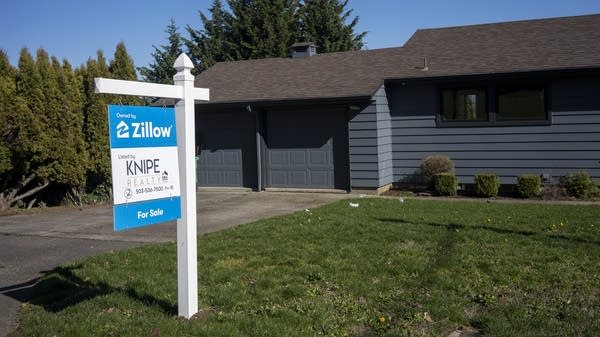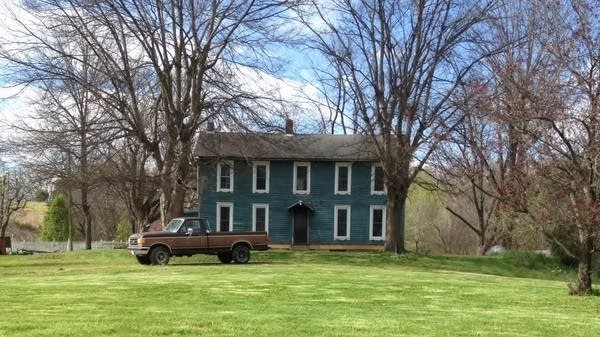More Americans aging into retirement are still paying down mortgages
Over the past three decades, the share of homeowners ages 65 to 79 with a mortgage rose from 24% to 41%.

Mortgages make up about 70% of household balances. Conventional wisdom has long recommended that homeowners pay off their mortgage before retiring.
Yet over the past three decades, more older adults are carrying their mortgage into retirement, while the amount owed has increased dramatically. The combination adds to economic insecurity for many older Americans.
For homeowners, the dream of getting rid of the mortgage and saying goodbye to colleagues for the last time were once closely linked. The bond is best captured by the image of mortgage-burning parties, popular in the ‘50s and ’60s.
In 1969, the television show “Mayberry R.F.D.” aired an episode called “Emmett’s Retirement.” Emmet gathers some neighbors in his handyman shop. In one hand is a blow torch; his other hand holds his bank mortgage statement. After a bit of pomp and ceremony, Emmet tells his friends he can now retire and go fishing.
Mortgage-burning parties are something of a relic. Over the past three decades, the share of homeowners ages 65 to 79 with a mortgage rose from 24% to 41%, while median mortgage debt surged by 400%, according to the Joint Center for Housing Studies at Harvard University.
Among homeowners 80 years and older, the numbers are even more dramatic. The share with mortgages jumped from 3% to 31%, and median mortgage debt increased by 750%.
“For a lot of people, I think this isn’t a choice. It isn’t a financial strategy. It’s more of a reality,” said Jennifer Molinsky, director of the Housing an Aging Society Program at Harvard’s Joint Center.
Her insight is echoed by Linna Zhu, research analyst at the Urban Institute.
“So for wealthier homeowners, maybe carrying a mortgage debt might be a strategic choice, but for many, most of the senior or older adults who are living on fixed incomes, it's not a strategy — it's a necessity,” Zhu said. “So the stress of housing debt in retirement is real and growing.”
The number of so-called cost-burdened older adults is at an all-time high. That means they are spending 30% or more of their income on housing, utilities, taxes and insurance.
“97% of older owners with mortgages who are lower-income, have an income under $25,000, are cost-burdened, meaning they're paying more than 30% of their income for housing,” Molinsky said.
Older, cost-burdened homeowners are at financial risk. They’re vulnerable to unexpected expenses, said Amalie Zinn of the Urban Institute.
“There could be a health shock. There could be an issue with their home, especially, you know, as they're living in homes that maybe they haven't renovated in a while, or they've been in that home for 30 years or so, or 25 years, paying off that mortgage, and they're going to need to, you know, cover a roof repair, fix an AC unit,” she said. “There could be a flood or storm, especially with increased climate change and severe climate catastrophes and events.”
The mortgage debt story mirrors the broader trend toward more older adults entering retirement in debt. Debt repayments can hike financial stress and vulnerability, especially for those of modest means. The struggle to cover debts leaves them with less money for essentials like food, health and home maintenance — let alone fun.
Our Buy Now Pay Later project is in partnership with Next Avenue, a nonprofit news platform for older adults produced by Twin Cities PBS.













